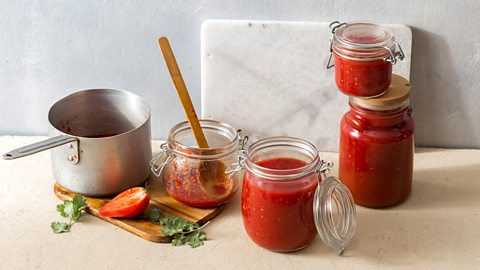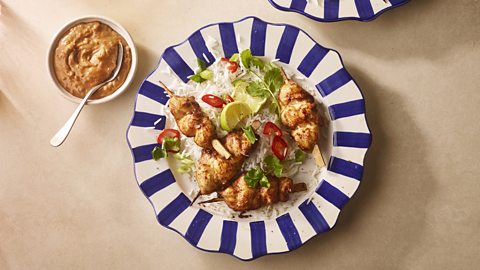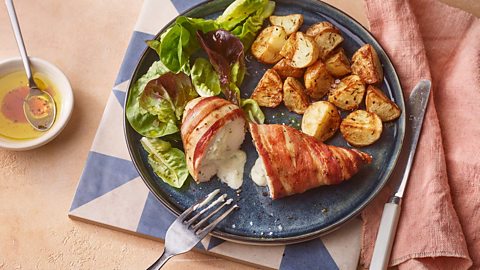What do emojis tell us about food culture?
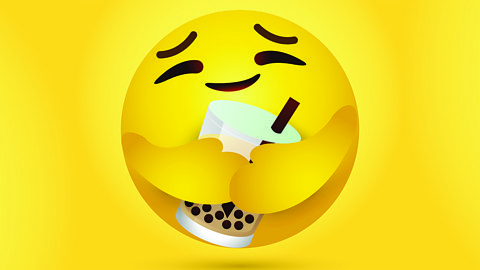
A form of cultural validation
Emoji means pictograph, from the Japanese words e (‘picture’) + moji (‘character’). The resemblance to the English word emotion is coincidental. Emojis never intended to be all-inclusive, according to Jeremy Burge, Chief Emoji Officer at Emojipedia. But as they have expanded from their Japanese roots, “being included on the emoji keyboard can be seen as [a form of cultural] validation”, he says.
Many people have suggested emojis help represent their culture on social media. Designer of the new tamale emoji, Chasen Le Hara, hopes when people find the symbol “they think it’s a win for us Mexicans”, and that “my culture’s food is better represented because we have one of our popular dishes as an emoji”.
“My proud latinos y latinas, we now have a tamale emoji”, Tweeted pianist Diego.
Some even put food emojis in their social media display name “as a way to signal their cultural origins”, much like a flag is used, says Sebastian Delmont, one of the designers behind the new flatbread emoji. To him, the emoji represents the Venezuelan arepa flatbread, but it can be used to signify any circular flatbread, such as pitta and naan.
“Just to let everyone know that we all now have an arepa emoji. Life is good”, Tweeted Venezuelan journalist living in LA, Pilar Marrero.
“Finally!” Tweeted Ambassador and Director of Presence Switzerland, Nicolas Bideau, “the emoji fondue becomes reality… a big step forward for the image of [the Swiss flag] in the world!” (translated from French).
Yiying Lu, a designer behind the new bubble tea emoji, also had her dumpling, chopsticks, Chinese takeout box and fortune cookie emojis approved for use in 2017 by the Unicode Consortium, who decide which emojis make it to your devices. “The emojis I designed not only represented the diversity of Asian culture, but also globalisation and how Eastern and Western cultures interact”, she says. The fortune cookie was invented by the Japanese in California and popularised by Chinese restaurants in America. “It’s a symbol of Asians in the US”, says Lu. Boba / bubble tea was invented in Taiwan, but is now enjoyed around the world.
“Public service announcement. We’re getting a bubble tea emoji fam!”, Tweeted YouTuber Shimmy Cocopuffs.
Understanding what the emoji represents
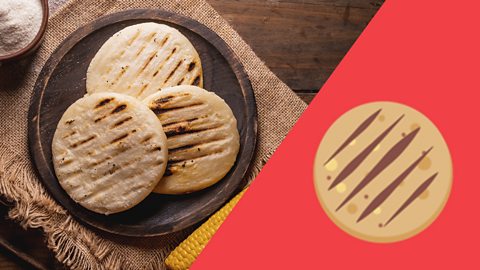 Image source, Copyright 2020 Twitter, Inc and other contributors
Image source, Copyright 2020 Twitter, Inc and other contributorsOnly the most popular items are likely to be picked for emojis, so a lot of people have a personal conection with them. That’s why “it’s very important for whoever designs an emoji to understand what it actually represents”, says designer Delmont.
Many food emojis, including the recent bubble tea, fondue, tamale and flatbread, were submitted by designers from the culture the foods come from. However, emojis are altered and displayed by different platforms and phone types. Editing the designs has sometimes proved controversial.
In 2017, campaigners in Valencia felt strongly that some paella emojis were wrong. “To the dismay of the authors of the original paella emoji proposal, the mixed ingredients used… did not match those used in traditional recipes from Valencia”, says Emojipedia’s Burge. They featured peas, shrimps and mussels instead of the proposed design of chicken, lima beans and green beans. Different platforms now use different versions. Similar issues have occured with other emojis.
They may even have an economic impact
Yiying Lu reckons emojis could have economic power. After her dumpling emoji was launched, a number of dumpling restaurants told her demand for the food had increased. The manager of a dumpling restaurant in San Francisco said sales tripled during National Dumpling Day, and he believed it was all down to the emoji. “It’s amazing to hear of these emojis contributing to local businesses”, she says.
You can submit your own proposal
If you’re passionate about a food that isn’t represented as an emoji, you can submit your own application. The first step is to submit your proposal to the Unicode Consortium, a non-profit organisation that sets the standard for how text and emojis are represented and displayed across programs and software. The consortium is made up of big players, including Apple, Facebook, IBM, Adobe, Google, Microsoft, Netflix and Twitter, but anyone can join (although you don’t need to sign up to submit your idea).
“There has recently been a shift towards approving fewer emojis each year”, says Burge, so yours needs to stand out and fulfil a number of criteria. Below, designers who had their ideas approved give their five top tips on submitting a successful application.
Your idea should have global appeal. Emojis “are used by people all over the world, so designers have to be aware that this image is not just to represent their own cultural niche, and that it can be shared with the entire planet”, says Delmont. The flatbread is labelled as an arepa, but also on occasion pitta, tortilla, naan and matzah.
The design should be simple but recognisable. When Le Hara first submitted his tamale design, he received the feedback that it “doesn’t look enough like any specific food type”. Remember your emoji will have to be recognisable when it is as small as the text on your phone. That’s tiny!
Prove your concept is already popular. The bubble tea emoji was first submitted in 2017, but the consortium felt the drink wasn’t popular enough. However, it was approved in 2020 after the increased global worth of the Taiwanese drink was noted. Bolzern, a designer behind the fondue emoji, says he demonstrated that towards the end of each year, ‘fondue’ is searched for more often on Google than ‘burgers’.
Ensure your emoji is culturally sensitive. When Lu first proposed the chopsticks emoji, she received instant feedback from Twitter that the design of crossed chopsticks was a no-no in dining etiquette. The issue was caught before the emoji was released, and it was altered before the roll out.
“It’s important to create something you care about”, says Lu, as the process can be long and there is often “no immediate monetisation value”.
The new emojis are currently available in iOS 14.2, Android 11 and Samsung devices running OneUI 2.5. Coming soon to Windows. (May 2021)
